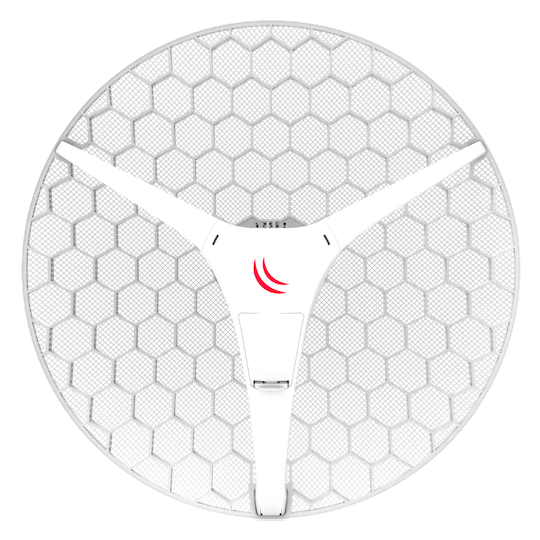
MikroTik: Load Balancing & Failover on MikroTik (RouterOS v6 and v7)
Master load balancing on MikroTik using ECMP, PBR, NTH and PCC.
Description
If you have two or more ISPs, you can leverage MikroTik routers to implement load balancing for your internet service, utilizing both ISPs simultaneously.
However, incorrectly configured load balancing can lead to various issues on your network. To address this, I've created this course to guide you through the step-by-step process of configuring load balancing using different methods. By the end of the course, you'll be equipped to decide which method suits your needs best and confidently apply it to your network.
The load balancing methods covered in this course include:
- ECMP
- PBR (Routing rules and Mangle Rules)
- NTH
- PCC
Understanding load balancing is increasingly crucial, especially as most companies now have two or more ISPs. Often, they end up paying for internet services that aren't fully utilized. This course is designed to change that.
By the end of this course, you'll not only understand how to deploy load balancing on a MikroTik router, but you'll also be capable of applying the methods you've learned in a real-world, production network setting.
If you're eager to master load balancing on MikroTik, this course is all you need. I'll guide you through the topic in a simple and easy-to-understand manner, ensuring you gain both the knowledge and practical skills required.
Who this course is for
- MikroTik engineers who would like to configure load balancing for 2 or more ISP's
What you'll learn
- Load Balancing on MikroTik to 2 or more ISP's
- Load balancing using ECMP
- Load balancing using Policy-Based Routing
- Load balancing using NTH
- Load balancing using PCC
Requirements
- MikroTik MTCNA level












